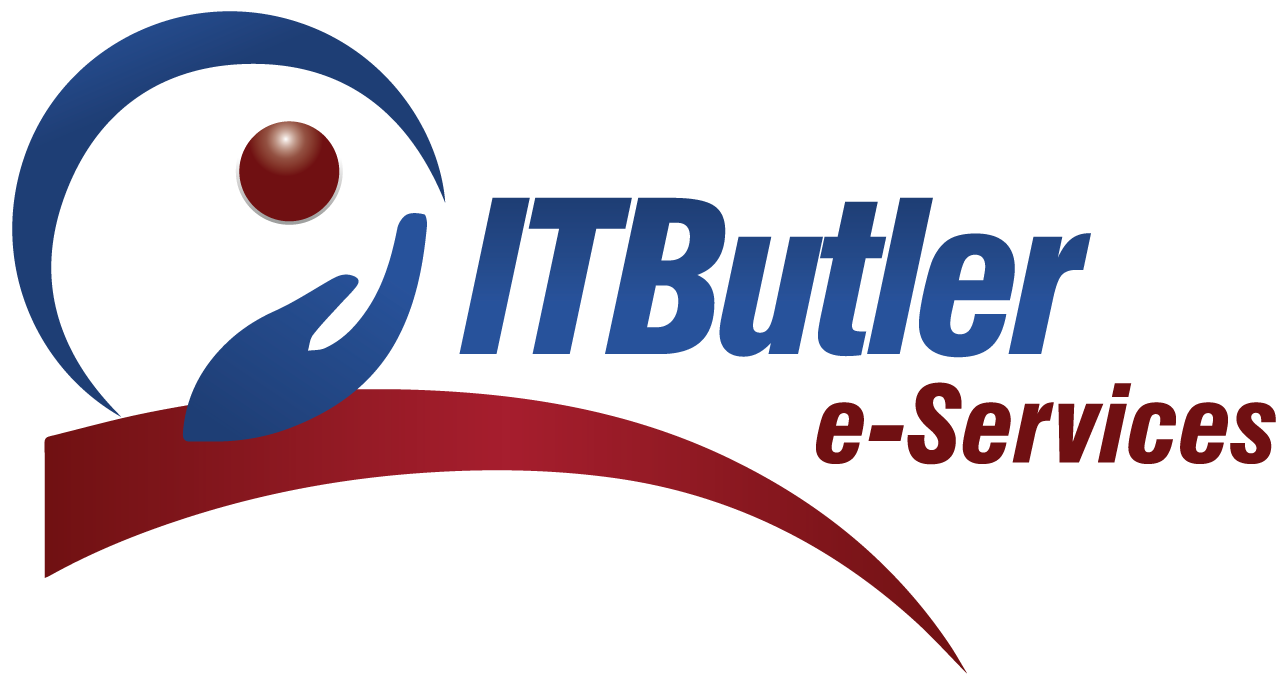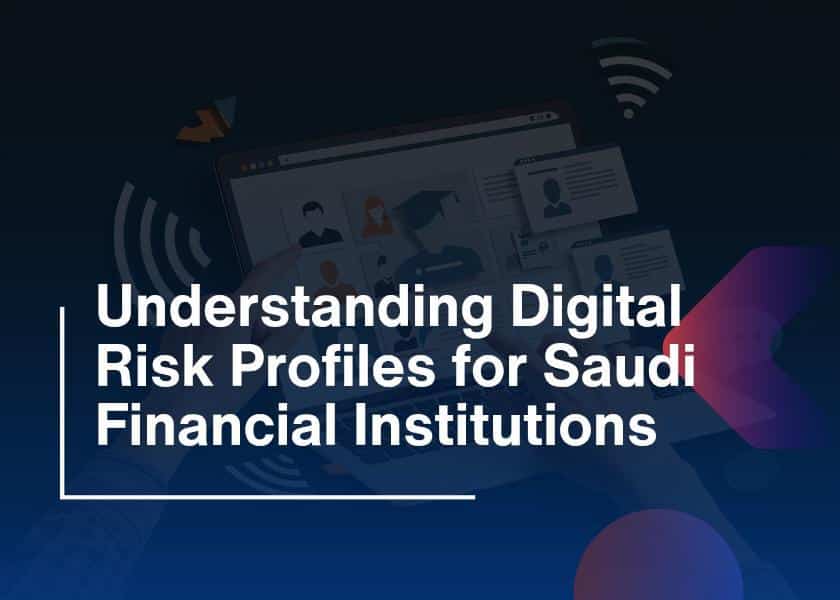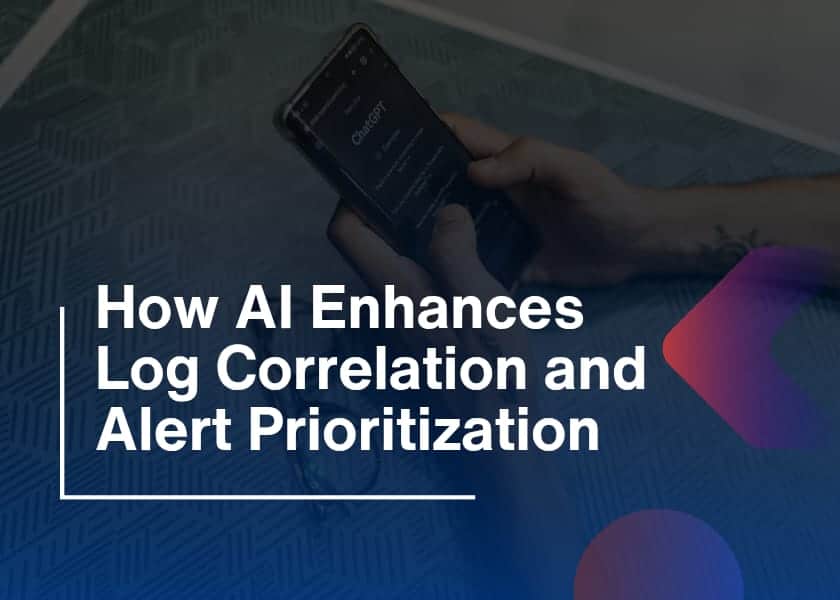In today’s fast-moving digital world, cyber threats are increasing every day. Whether you run a small business or manage IT for a mid-sized company, security should never take a backseat. However, not everyone has a full Security Operations Center (SOC) or the budget to hire a team of cybersecurity experts. In addition, the good news is that threat monitoring without SOC is completely possible. With smart tools, a little planning, and the right mindset, you can still keep your data safe and stay one step ahead of attackers. Let’s explore how you can protect your systems and monitor threats effectively, even without a large SOC team.
What Does Threat Monitoring Without SOC Mean?
A SOC generally consists of a team of people working full-time and watching over systems around the clock. Additionally, they operate high-level tools, get notifications, research threats, and compile comprehensive reports. This arrangement is highly effective for large enterprises; however, for smaller firms, it is a costly setup and, in most cases, unnecessary.
SOC-less threat monitoring is about how to achieve more monitoring, detection, and response to threats with fewer people, more automation, and smarter tools. It is not about size, it is about efficiency. Moreover, you can replace the ten analysts by using technology, outsourced services, and advanced planning to cover the gap.
Why You Still Need Threat Monitoring
The fact that you do not have a large team does not mean you are not a target. Hackers tend to attack smaller businesses more as they are aware that they do not have the resources. Additionally, threats may remain unnoticed for weeks without appropriate monitoring. This provides hackers with time to steal information, corrupt your systems, or disrupt your operations.
In addition, that is why even simple threat monitoring without SOC activities can have an immense effect. Early detection of the problems will minimize damages, financial losses, and safeguard your reputation. Fortunately, it is easy to get off in many ways.
Use Smart and Automated SIEM Tools
SIEM (Security Information and Event Management) tools gather and scrutinize logs on varying devices within your network. Additionally, they can assist in identifying abnormal behavior and can notify you when something does not appear to be right.
Previously, SIEM tools were not only difficult to handle, but they also required specialists. However, today there exists a variety of platforms that target smaller teams. Cloud SIEMs, such as Microsoft Sentinel or Elastic Security, apply automation to filter thousands of events and emphasize the important ones. It implies that you do not have to go through each log manually. You can receive alerts on your email or mobile, and monitoring is quick and simple. These tools will help you to monitor the threats even when you do not have an in-house security team.
Outsource Managed Detection and Response (MDR) Providers
In case you need professional assistance but do not want to assemble an entire team, a Managed Detection and Response MDR service may be the right solution. These vendors pretend to be an outsourced SOC. They provide 24-hour threat detection, investigation, and response.
You do not even have to deal with the tools themselves or the process of hiring employees. Rather, the MDR team monitors your systems and deals with the threats as they emerge. It is an excellent choice when you want to concentrate on your business rather than learn the ins and outs of cybersecurity on your own. Threat monitoring without SOC is greatly simplified and easy to scale with MDR services.
Empower Your Endpoints
Laptops, servers, and other endpoints are usually the initial point of attack. This is why Endpoint Detection and Response (EDR) tools are required. These programs observe what is going on with the devices, alert on suspicious activity, and provide rapid responses such as machine isolation or termination of a malicious process.
EDR tools, like CrowdStrike or Microsoft Defender for Endpoint, are not very technical and can be used even without profound technical expertise. They provide dashboards, automatic pop-ups, and even guided suggestions. You will be capable of identifying abnormal patterns and preventing the expansion of dangers even in case you do not have a huge SOC group.
Maximize Built-in Cloud Security Tools
If you already use cloud services like Microsoft 365, Google Workspace, or AWS, there’s good news: these platforms come with built-in security tools. You don’t need to buy anything extra. For instance, Microsoft 365 Defender gives you security alerts related to email, identities, and apps. Google Workspace has an alert center that flags suspicious logins or phishing attempts. AWS offers GuardDuty, which detects threats in your cloud environment. These tools are easy to turn on, often included in your subscription, and offer excellent threat monitoring without a SOC.

Monitor Network Activity with Simple Tools
Even if your IT team is small, watching what happens on your network can help you catch threats early. Tools like Darktrace or IBM can monitor traffic and send alerts when they detect something suspicious.
While they may seem technical, many of these tools come with guides and community support. With a bit of setup, you can monitor key areas like incoming connections, data transfers, and login attempts. This adds another layer of protection to your security efforts.
And the best part? You don’t need a full team watching all day—just regular checks and alerts.
Set Up Alerts and Notifications for Quick Response
Time matters in cybersecurity. The sooner you know something’s wrong, the faster you can act. That’s why it’s helpful to set up alerts from your security tools to notify you instantly. You can receive alerts by email, SMS, or even through apps like Slack or Microsoft Teams. Many platforms also let you adjust alert levels, so you’re not overwhelmed by minor issues.
This approach supports threat monitoring without SOC by making sure you’re informed right away, without needing to monitor dashboards constantly.
Create a Simple Incident Response Plan
Monitoring is important, but knowing what to do when a threat appears is just as crucial. A basic incident response plan outlines how to handle a security incident. It should include steps like identifying the threat, containing it, removing the cause, restoring affected systems, and learning from the event. You don’t need a formal security department to create this plan. Even a one-page checklist can help your team react quickly and reduce damage. Keep it simple, share it with everyone, and review it every few months.
Hunt for Threats Regularly
Threat hunting doesn’t have to be complicated. Even without a SOC, you can set aside time to look for unusual behavior in your systems. This might include reviewing login records, checking for unauthorized software, or comparing current activity with past behavior. Some tools even offer suggestions on what to check, making it easier to spot red flags. Doing this regularly helps you catch hidden threats before they grow into serious issues. It’s a valuable habit and fits perfectly into threat monitoring without the SOC approach.
Train Your Team to Be Your First Line of Defense
Technology alone isn’t enough; your people matter too. Often, cyberattacks begin with someone clicking a bad link or using a weak password. That’s why regular training is essential. Teach your team how to recognize phishing attempts, report suspicious emails, and use multi-factor authentication.
You don’t need to run formal classes. Short videos, monthly emails, or quick quizzes can keep security top of mind. The more your team knows, the fewer mistakes they’ll make—and that means fewer threats to monitor.
Stay Informed with Threat Intelligence
Cyber threats change quickly. What’s dangerous today might not be tomorrow. That’s why it helps to stay updated with threat intelligence. Threat intelligence services give you real-time updates on new malware, attacks, and vulnerabilities. You can use free platforms like AlienVault OTX or subscribe to paid ones for deeper insights.
Many tools allow you to connect this information directly to your systems, blocking known threats automatically. This keeps you one step ahead and adds a proactive layer to threat monitoring without a SOC.
Final Thoughts
In conclusion, threat monitoring without SOC is not only possible—it’s smart, efficient, and affordable. With the help of automated tools, cloud-based platforms, and outsourced services, small teams can detect and respond to threats just like the big players.
By combining technology, training, and a clear plan, you create a strong defense without a large team. So, whether you’re a small business owner or an IT manager in a mid-sized firm, you can start securing your systems today, without waiting for a SOC budget.





